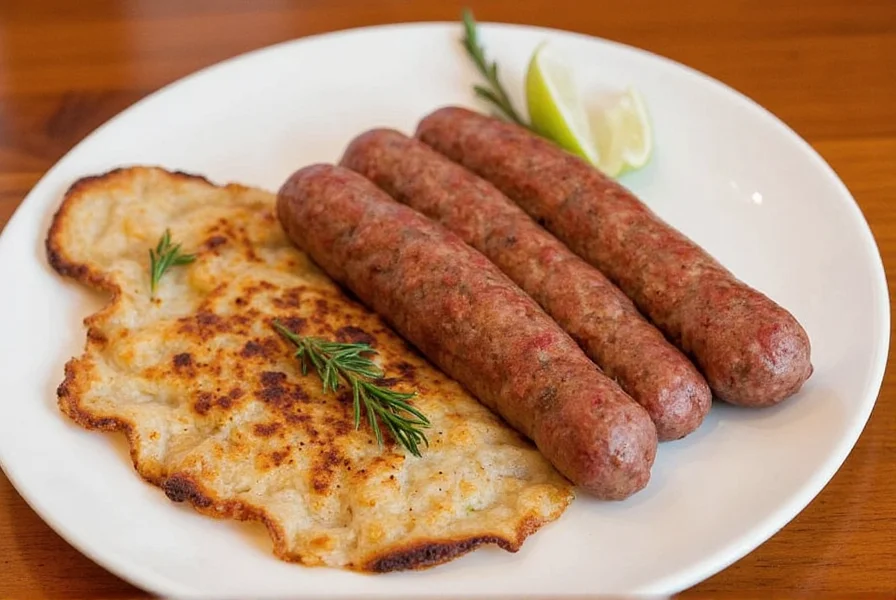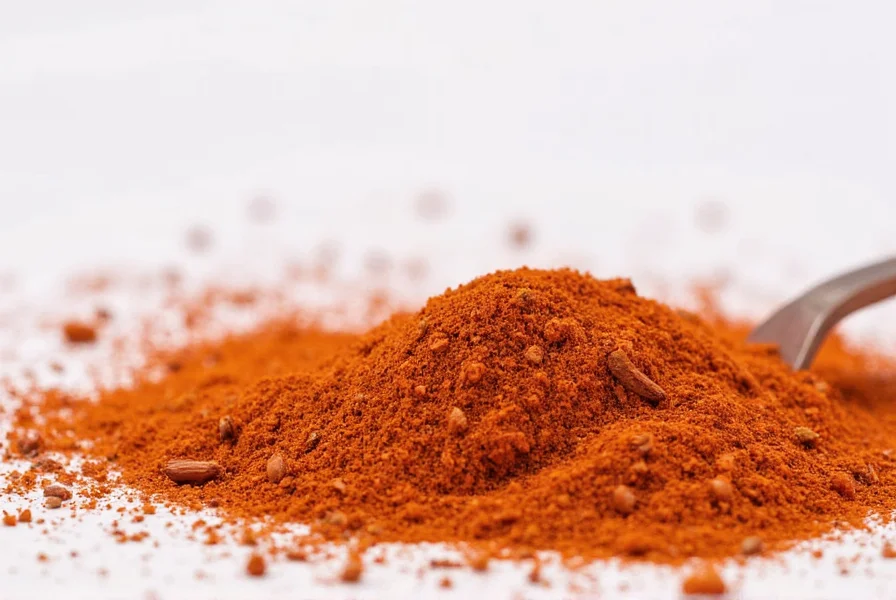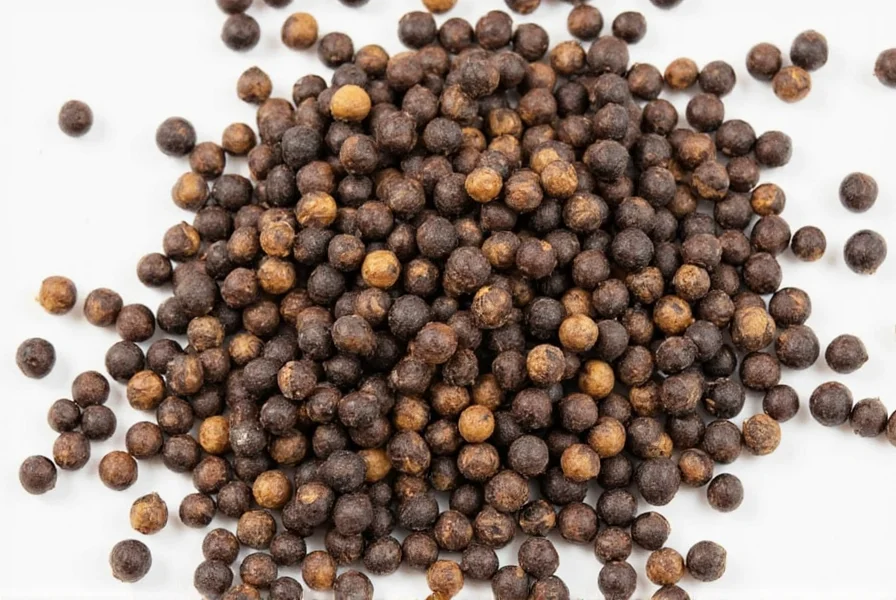Table of Contents
What Is Smoked Paprika?
Smoked paprika, or "pimentón" as it's known in Spain, is a richly flavored spice made from dried red peppers slowly smoked over oak or other hardwood fires before being ground into powder. This unique preparation gives it a distinct smoky aroma and deep flavor, making it a favorite among chefs and home cooks alike.

Unlike regular paprika, which can be mild and sweet, smoked paprika brings a whole new level of depth to your dishes — literally!
Types of Smoked Paprika
Did you know there are different varieties of smoked paprika? Depending on the heat level and sweetness, you can find:
- Sweet (Dulce): Mild and slightly fruity, perfect for adding subtle smoke without heat.
- Bitter-sweet (Agridulce): A balance between sweet and spicy — less common but interesting.
- Hot (Picante): Made with spicier peppers; adds both heat and smokiness.
| Type | Heat Level | Best For |
|---|---|---|
| Sweet (Dulce) | Low | Rice dishes, soups, sauces |
| Bitter-sweet (Agridulce) | Moderate | Poultry, stews, rubs |
| Hot (Picante) | High | Spicy meats, chili, barbecue |
Flavor Profile & How It's Made
So what exactly makes smoked paprika so special? Let's take a peek behind the curtain.
The magic happens during the smoking process. Traditional Spanish paprika is smoked for several days using slow-burning oak wood, which infuses the peppers with a deep, earthy smokiness. This wasn't just about flavor — it was originally done as a preservation method, too!
Depending on the region and brand, the peppers used may vary. Hungarian and Spanish varieties are most popular, each offering their own nuances. Spanish pimentón tends to be more intensely smoky, while Hungarian versions lean toward sweeter, richer notes.
Top 7 Ways to Use Smoked Paprika in Cooking
If you're wondering how to incorporate this spice into your everyday meals, here are seven delicious ideas that'll make you rethink your pantry staples:
- Smoky Deviled Eggs: Add a teaspoon to the yolk mixture for a sultry twist.
- BBQ Rubs: Mix with brown sugar, garlic powder, and salt for a killer dry rub on ribs or chicken.
- Paella Boost: A pinch of dulce paprika will transform your rice dish into something truly Spanish.
- Roasted Vegetables: Toss carrots, potatoes, or cauliflower with olive oil and paprika before roasting.
- Grilled Cheese Upgrade: Sprinkle some on the inside of your grilled cheese sandwich for a smoky surprise.
- Spiced Popcorn: Drizzle melted butter over freshly popped corn and sprinkle with smoked paprika and a touch of salt.
- Chili Con Carne: Replace regular paprika with the smoked variety for a richer base layer in your chili.

Buying Guide: Choosing the Best Smoked Paprika
With so many brands and varieties on the market, choosing the right one can be overwhelming. Here's a quick guide to help you pick the perfect jar:
| Brand | Type | Key Features | Best For |
|---|---|---|---|
| La Dalia | Dulce (Sweet) | Traditional Spanish paprika, rich color and smooth flavor | Pasta sauces, paella, seafood |
| Hungarian Premium | Sweet | Deep red hue, naturally sweet | Stews, goulash, potato dishes |
| McCormick Smoked Paprika | Medium-hot | Consistent quality, easily available | Everyday cooking, grilling |
| Bravado Spice Co. | Picante (Hot) | Spicy kick with bold smokiness | Tacos, barbecue, jerk-style chicken |
| MexGrocer Hot Smoked | Very Hot | Chipotle-like heat with campfire depth | Chili, mole, roasted veggies |
- Look for authenticity: Spanish paprika labeled as "Pimentón de la Vera" is produced in the La Vera region and is often higher quality.
- Check the label: Make sure it says "smoked" and not just "paprika."
- Color matters: High-quality paprika should have a vibrant red-orange hue — avoid dull or faded colors.
How to Store Smoked Paprika
To keep that smoky goodness alive, proper storage is key. Here's how to store your paprika like a pro:
- Airtight container: Transfer to a sealed glass jar or tin if it didn't come that way.
- Cool, dark place: Heat and light degrade flavor — keep it in a kitchen cabinet away from the stove.
- Use within a year: While paprika doesn't go bad per se, its potency fades over time.

5 Must-Know Smoked Paprika Tips for Richer Flavors
Tip #1: Getting Smoky Flavor When You Don't Have Smoked Paprika
If you don't have smoked paprika but want that distinctive smoky flavor, try adding a pinch of liquid smoke or chipotle powder to regular paprika. This combination can mimic the deep, wood-fired essence that makes smoked paprika so special in dishes like paella and barbecue rubs.
Tip #2: Understanding Heat Levels for Perfect Flavor Balance
Smoked paprika comes in sweet (dulce), bitter-sweet (agridulce), and hot (picante) varieties. For the richest flavor experience, choose based on your dish: sweet for delicate foods like deviled eggs, hot for bold meats. Remember, the heat level shouldn't overwhelm the smoky complexity - it should complement it.
Tip #3: Unexpected Ways to Enhance Desserts with Smoked Paprika
A tiny pinch of smoked paprika (just 1/8 teaspoon) can add remarkable depth to chocolate desserts. It creates a subtle "campfire" note that enhances cocoa's natural bitterness. Try it in brownies, chocolate cake, or even chocolate ice cream for a sophisticated flavor dimension that surprises and delights.
Tip #4: Proper Storage Techniques to Preserve Flavor Potency
To maintain that precious smoky flavor, store smoked paprika in an airtight container away from heat and light. Exposure to air, moisture, and sunlight rapidly degrades the volatile compounds responsible for its distinctive aroma. Properly stored, it will keep its rich flavor for up to a year after opening.
Tip #5: Maximizing Flavor Impact Through Timing and Temperature
For the richest flavor, add smoked paprika early in the cooking process for soups and stews to allow the smoke flavor to permeate the dish. For dishes with short cooking times, bloom the paprika in oil first to release its full aromatic potential. Never add it to extremely high heat, as this can make it bitter rather than richly smoky.
Conclusion
Smoked paprika is more than just a colorful powder — it's a culinary powerhouse that brings warmth, depth, and a hint of campfire charm to any dish. Whether you're whipping up a quick snack or planning a weekend feast, a dash of this golden-hued spice can transform the ordinary into the extraordinary.
Now that you've got the lowdown on everything smoked paprika, why not give it a try in your next recipe? From savory soups to sweet treats, the possibilities are endless — and the flavor is unforgettable!










 浙公网安备
33010002000092号
浙公网安备
33010002000092号 浙B2-20120091-4
浙B2-20120091-4